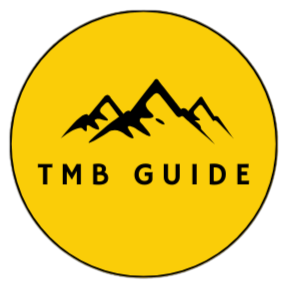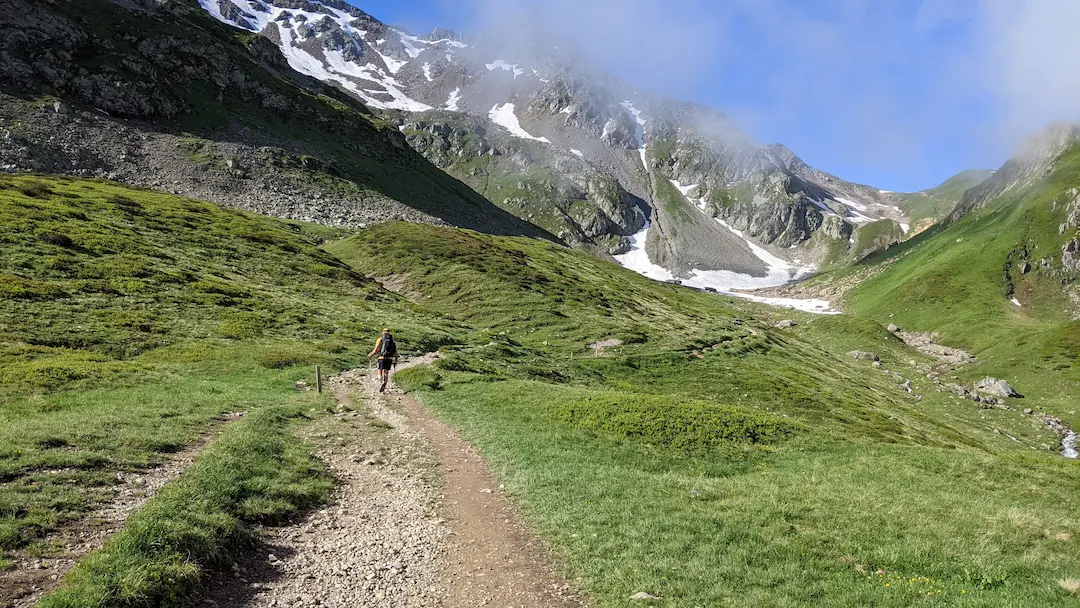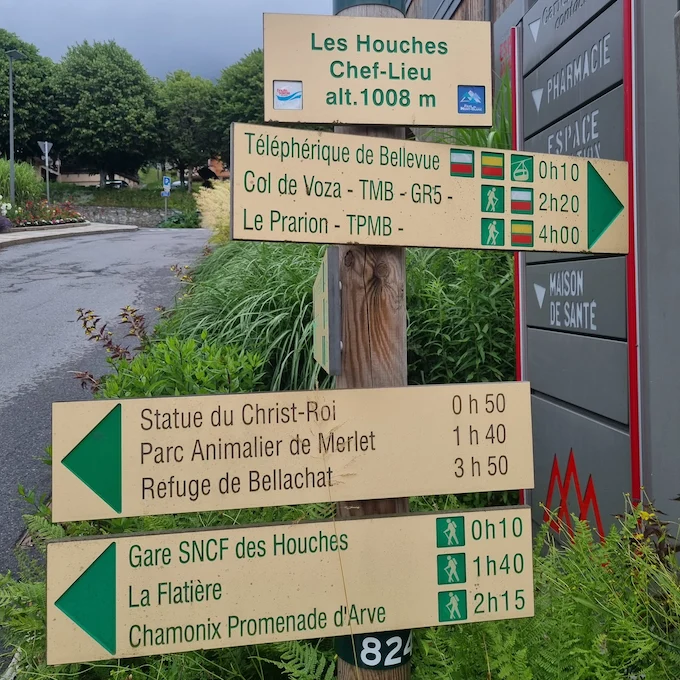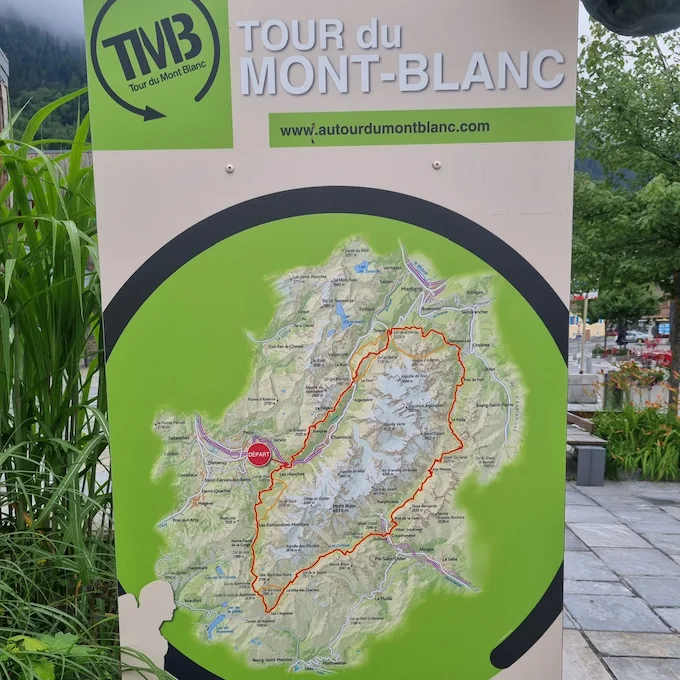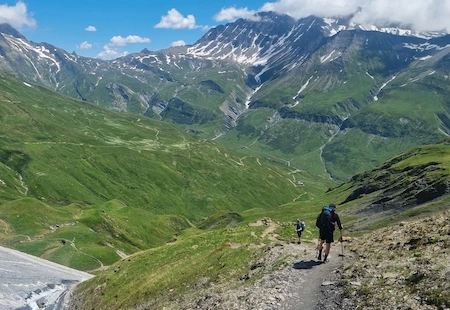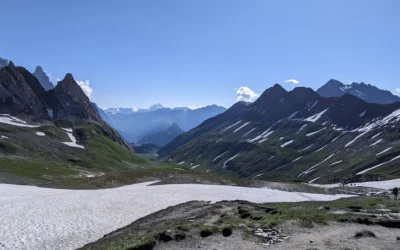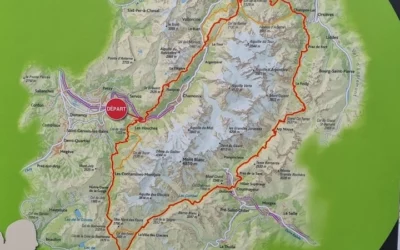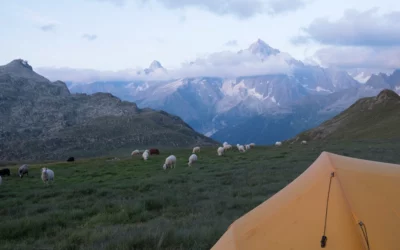The Tour du Mont Blanc is an epic adventure that attracts hikers from around the world. This spectacular trail, spanning three countries – France, Italy, and Switzerland – offers an unmatched hiking experience. The landscapes are breathtaking, with majestic peaks, verdant valleys, and 360-degree panoramas that will leave you speechless. The website tmb-guide.com, created by enthusiasts of this iconic hike, provides a wealth of information to help you plan and make the most of this experience.
Undertaking the Tour du Mont Blanc without a guide offers a sense of independence and freedom unmatched by guided tours. It’s an opportunity to carve your own path, choose your pace, and decide where and when you want to stop to admire the view. It’s also a personal challenge, a chance to test your limits and see what you’re capable of. Of course, this requires good preparation, but the rewards are well worth it. So, are you ready to take on the challenge of the Tour du Mont Blanc on foot and without a guide?
Training for the Tour du Mont Blanc
Physical preparation is a crucial step before embarking on the Tour du Mont Blanc. This hike, although beautiful, is demanding and requires good physical condition. Therefore, it’s recommended to follow a specific training program several months before departure. This program can include cardio exercises like running or cycling, as well as strength training, particularly for the legs and back. Regular hiking to get accustomed to walking long distances is also beneficial.
Choosing the right equipment is as important as physical preparation. It’s essential to choose clothing suitable for the weather and mountain conditions, such as breathable and waterproof garments. Hiking shoes should be comfortable and provide good support to prevent injuries. A suitable backpack is also necessary to carry food, water, and camping gear.
To get an idea of what to expect, you can consult the 7-day Tour du Mont-Blanc itinerary. This detailed itinerary will help you familiarize yourself with the different stages of the trail and better plan your trek.
Itinaries and Stages
The Tour du Mont Blanc is an exceptional hiking route offering a variety of stages, each with its own characteristics and difficulty levels. The start and end points of each stage vary, as do the distances to cover and challenges to face. It’s important to understand each stage before embarking on the adventure to ensure you’re well-prepared and can fully enjoy the experience.
For those looking to customize their experience, there are several variants of the Tour du Mont Blanc trail. These variants offer the chance to explore additional passes or exceptional viewpoints. However, it’s important to note that these variants are not necessarily shortcuts. While they may sometimes be shorter, they can also be more technical or take you higher, adding a level of complexity to the itinerary.
Popular variants include the Col de Tricot, which allows you to approach the Bionnassay Glacier and adds a real challenge on the first day of walking. There’s also the Col des Fours variant, starting from the top of Croix du Bonhomme and offering an alternative descent to Les Chapieux. For those seeking an extra challenge, the Fenêtre d’Arpette is a variant that takes you to an altitude of 2665 meters!
Refuges, Huts and Food
The Tour du Mont Blanc offers a variety of accommodation options to suit every hiker’s needs. Whether you prefer the comfort of an hostel, the friendly atmosphere of a refuge, or the freedom of camping, you’ll find an option that suits you.
Refuges are a popular option for many hikers. These establishments offer a warm bed, a hot meal, and a chance to meet other hikers. They are usually located at strategic points along the trail, making them natural stops for the night. For more information on the available refuges along the trail, you can consult detailed guides for refuges available in France, Italy, and Switzerland.
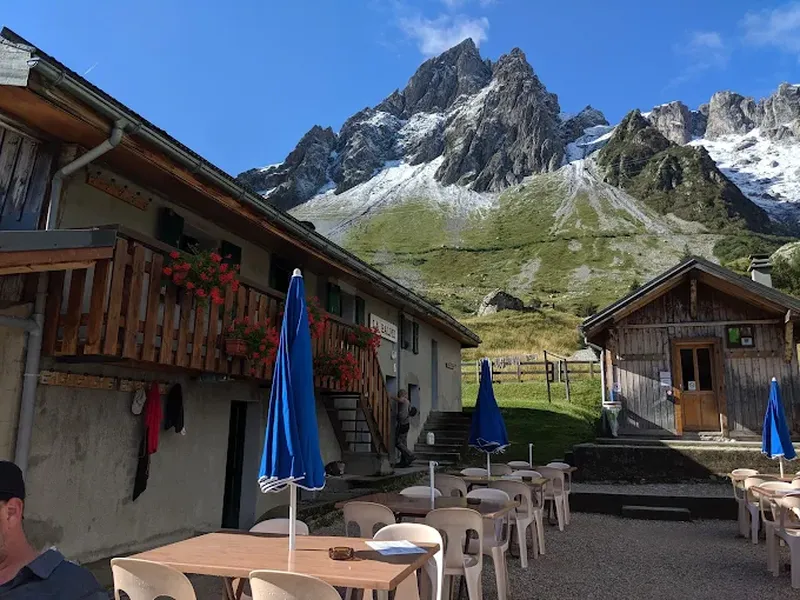
Refuges in France
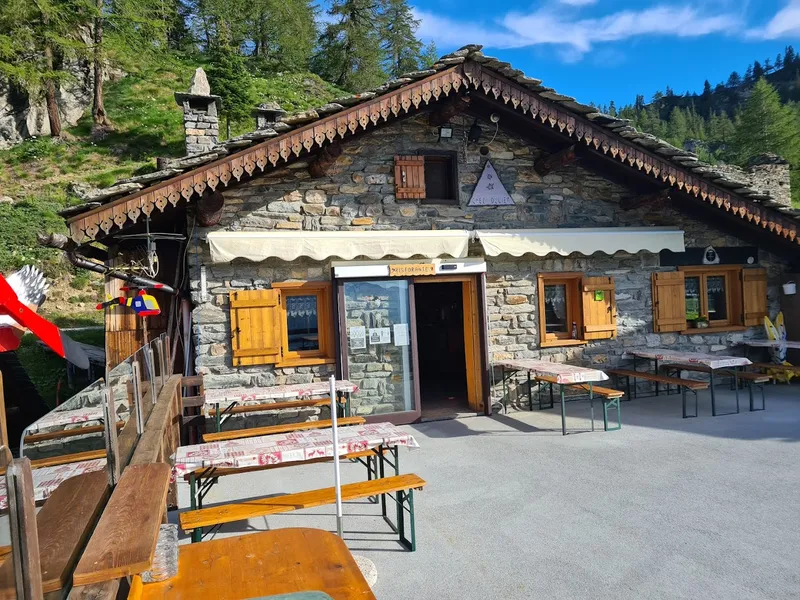
Refuges in Italy
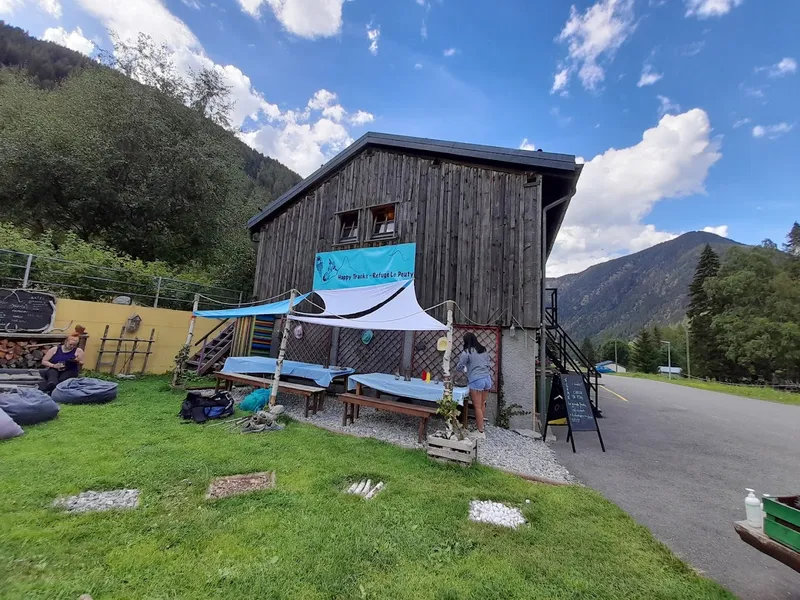
Refuges in Switzerland
Hotels and hostels are another accommodation option. They offer a higher level of comfort than refuges, with private rooms and sometimes private bathrooms. For those who prefer to be closer to nature, camping is an option. There are many campgrounds along the trail, as well as areas where wild camping is permitted.
Practical tips
The success of a hike, particularly a trek as demanding as the Tour du Mont Blanc, relies on careful preparation and prudent management of key factors.
Meal preparation is another crucial element to consider. It’s important to plan nutritious and balanced meals to maintain energy throughout the hike. Meals should be high in carbohydrates for energy and contain enough protein for muscle recovery. Staying hydrated, especially on long and intense walking days, is also essential.
Mountain safety is another aspect not to be overlooked. It’s important to always be aware of the weather conditions and adjust the itinerary if necessary. Additionally, having the right equipment, including quality hiking shoes, a comfortable backpack, and clothing suitable for the weather conditions, is crucial.
Regarding waste management and environmental respect, it’s essential to minimize environmental impact by properly managing waste and respecting the local wildlife and flora. This means carrying all waste, avoiding disturbing wildlife and flora, and staying on marked trails. It’s also important to respect other hikers and local communities by being courteous and respectful.
Finally, remember that trekking is as much a mental experience as it is physical. Adopting a positive attitude, remaining flexible in the face of unexpected challenges, and taking time to appreciate the natural beauty of the trail are essential. After all, the goal is not just to reach the destination, but also to enjoy the journey.
To finish
The Tour du Mont Blanc is an adventure that offers breathtaking landscapes and a rewarding experience. However, it’s important to remember that the success of this endeavor depends on thorough preparation and a good understanding of the itinerary. By following the advice and information provided in this article, you will be well-prepared to take on this challenge.
Finally, don’t forget that the Tour du Mont Blanc is more than just a hike; it’s an adventure that allows you to connect with nature and surpass yourself. So, don’t hesitate, prepare yourself and embark on this unforgettable adventure. Happy hiking!
